Raise Capital
July 2, 2025
Essential Guide to Hardware Startup Funding: Strategies for Success
Navigating the Path: Essential Strategies for Hardware Startup Funding
The journey of a hardware startup is uniquely challenging, particularly when it comes to securing the necessary hardware startup funding. The growing hardware community provides a collaborative ecosystem that supports new hardware startups and fosters innovation within the industry.
Unlike software companies, entrepreneurs in the hard tech and hardware space contend with the tangible complexities of physical product development, manufacturing, and supply chains, facing unique challenges compared to other sectors.
In contrast, software startups typically require less capital and benefit from faster development cycles, which can make their funding process more streamlined and less resource-intensive.
Successfully navigating this landscape requires a strategic approach to capital raising and a deep understanding of what investors need to see.
The Hardware Funding Challenge
Securing capital for a hardware company presents distinct hurdles that require upfront acknowledgment and planning. Early-stage hardware startups often have limited resources, which can restrict their growth.
Hardware companies face higher costs for prototyping, manufacturing, and distribution, which can quickly deplete initial funds. They often require more capital than their software counterparts to reach key milestones.
The "Second Round" Hurdle
Navigating hardware startup financing means being acutely aware of the infamous "second-round hurdle." It's a critical juncture where many promising ventures stumble. In fact, some industry data from MacroFab indicates that only about 24% of hardware startups successfully raise second-round funding.
Compounding this challenge, the inability to secure new capital or simply running out of cash stands as the primary reason startups ultimately fail, accounting for a stark 38% of cases. Hardware development, with its often lengthy and capital-intensive cycles, can rapidly deplete initial funds.

If sales don't materialize quickly enough to counter the burn rate, or if those crucial additional funding rounds aren't secured in time, startups find themselves in an incredibly precarious position, struggling to keep the lights on, let alone scale.
Founders must be prepared for the long haul, as overcoming these funding challenges requires sustained effort and long-term commitment. Investors often look for a clearly defined founder on the cap table, as this provides legitimacy and clarity in early-stage funding rounds.
Substantial Operational Costs
When scaling any ambitious venture, particularly in innovative sectors, the sheer scale of substantial operating costs can be a formidable hurdle. To illustrate the kind of financial commitment required, consider the biotech industry.
For biotech companies gearing up to launch their first product, especially one targeting primary-care physicians, the annual selling, general, and administrative (SG&A) expenses can be staggering. Engineering and technical teams contribute significantly to these operational costs in hardware and biotech startups.
Insights from McKinsey & Company estimate these costs to be in the range of $80 million to $100 million per year. While this figure is specific to certain biotech launches, it powerfully underscores how different types of specialized startups can face immense operational overhead, demanding robust financial planning and significant capital raises to reach commercial viability and sustain growth.
Intricate Supply Chain Complexities
Hardware startups often wrestle with intricate supply chain complexities that can significantly impact their viability. MacroFab highlights that "Product Problems," which are often deeply intertwined with supply chain execution, account for 17% of startup failures.
Unlike software, iterating on physical hardware is inherently slow and expensive, involving concrete challenges like costly tooling changes, the need for component re-sourcing, and navigating long lead times when designs must be altered.
Furthermore, the article points out that "Pricing and Cost Issues" contribute to 12% of failures, noting that mismanaging complex bills of materials (BOMs) or the overall cost of goods sold can prove "fatal" to a hardware venture. Building robust supply chain networks is essential to mitigate these risks and ensure smoother operations.
Pre-Funding Requirements
Product Safety Certifications
Securing the right product safety certifications is a non-negotiable step for hardware startups, signaling to investors and the market that your product is compliant, safe, and ready for prime time.
These marks are essential for gaining access to specific markets and can significantly de-risk your venture in the eyes of potential backers. Key certifications include:
- UL (Underwriters Laboratories): This mark, commonly found on industrial equipment and consumer products in the United States and Canada, indicates that representative samples of the product have met UL's stringent safety requirements. The UL Listing Mark is a widely recognized symbol of product safety and compliance.
- FCC (Federal Communications Commission): Essential for electronic products manufactured or sold in the United States, the FCC mark certifies that the device's electromagnetic interference is within the limits approved by the Federal Communications Commission. This is crucial for ensuring your product doesn't interfere with other electronic devices.
- CE (Conformité Européenne): The CE marking is a declaration by the manufacturer that a product meets all legal requirements for health, safety, and environmental protection standards necessary to be sold within the European Economic Area (EEA). It allows products to be legally placed on the market and move freely throughout the EEA.
Manufacturing Partner Validation
Choosing the right manufacturing partner is a pivotal decision for any hardware startup, directly impacting product quality, cost, scalability, and ultimately, your brand's reputation.
Thoroughly validating potential partners isn't just a suggestion; it's a critical step to mitigate risks and set your product up for success. Conducting due diligence is essential when selecting manufacturing partners, as it ensures you are prepared with organized documentation and transparency throughout the process.
When selecting a contract manufacturing partner, several important considerations should guide your evaluation process. Prince Manufacturing suggests the following:
- Capability
- Experience/Qualification
- Compliance
- Capacity
- Personnel
- Equipment/Technology
- Location
- Financial Stability
Crowdfunding Validation Strategies

For hardware and manufacturing startups, demonstrating early traction can be a game-changer, and crowdfunding validation strategies offer a compelling way to do just that. Hardware founders often leverage crowdfunding to validate their ideas and attract early supporters.
A successful campaign serves as a powerful, tangible indicator of genuine market demand for your physical product. This pre-market validation significantly de-risks the investment proposition for your potential second-round raise with VCs or angel investors, as it provides concrete evidence of a paying audience.
Beyond the crucial funds raised, crowdfunding builds an invaluable community of early adopters. These initial backers are not just customers; they are a vital source of feedback that can be instrumental in refining your product before scaling manufacturing.
Moreover, key metrics from the campaign itself, such as the number of backers, the total amount raised, and even the conversion rate of your campaign page, become concrete traction points you can present to demonstrate momentum and market acceptance.
Investor Metrics That Matter
When evaluating a hardware startup, investors scrutinize specific metrics. Understanding how to fund hardware startup ventures means knowing what data to present compellingly.
Addressing key questions about milestones, valuation, and competitive positioning is essential for attracting investors. Investors will expect a clear definition and validation of your total addressable market (TAM) to assess the potential scale and attractiveness of your business.
Trajectory of Gross Margin Improvement
For investors evaluating a hardware or manufacturing startup, a healthy current gross margin is important, but what's often more compelling is evidence of a clear gross margin improvement trajectory.
This demonstrates that the company has a strategic approach to enhancing profitability as it scales. Achieving this upward trend involves a continuous commitment to several operational and strategic refinements.
Here are some strategies for achieving this improvement trajectory:
- Reduce operating and production costs by streamlining processes, minimizing waste, and improving overall production efficiency
- Regularly review and adjust pricing strategies to ensure prices reflect value delivered and current market conditions
- Negotiate more favorable terms with suppliers to lower the cost of raw materials or components
- Invest in technology and automation to drive efficiency gains that directly impact the cost of goods sold
- Consistently monitor and analyze financial performance to identify areas for improvement and enable data-driven decisions for margin growth
Roadmap for Manufacturing Cost Reduction
For manufacturing and hardware startups, presenting investors with a well-defined manufacturing cost reduction roadmap is a powerful way to demonstrate strategic financial management and a clear path to improving profitability.
It's a comprehensive, strategic plan aimed at achieving sustainable cost efficiencies and fostering a culture of continuous improvement.
Creating such a roadmap involves several key stages to ensure its effectiveness:
Quality Metrics and Defect Rates
Investors looking at hardware companies or businesses with significant manufacturing operations pay close attention to quality metrics and defect rates.
These figures are not just operational details; they are crucial indicators of a company's efficiency, financial health, risk profile, and long-term sustainability.
Some examples of quality metrics that can showcase a commitment to high standards include:
- Customer Rejection/Return Rate: Tracks the percentage of products shipped to customers that are then rejected or returned
- First Pass Yield (FPY): Percentage of products correctly manufactured on the first attempt. A high FPY signals strong production efficiency and quality control
- Cost of Quality (CoQ): The total financial investment in all quality-related efforts, encompassing prevention, appraisal, internal failure, and external failure costs
- Scrap Rate: The percentage of materials entering the production process that do not become part of the finished product
- Defects Per Million Opportunities (DPMO): A measure of process performance regarding defects relative to the total number of opportunities for a defect to occur
Consistently strong performance across these indicators signals lower risk, better cost control, and a stronger potential for sustainable profitability and market leadership.

Ultimately, these metrics help investors gauge a hardware startup's ability to efficiently produce high-quality products that customers value, which is fundamental to achieving a healthy return on investment.
Alternative Funding Strategies
When it comes to funding your hardware or manufacturing startup, it's easy to think equity investment is the only path, but that's not the full picture.
Accelerator programs are a valuable source of non-dilutive funding for hardware startups, providing capital and support without requiring you to give up equity. These programs often offer mentorship, resources, and connections that can be crucial for early-stage hardware companies.
Non-dilutive funding options, such as grants and loans, can help you avoid giving up ownership, but you'll still need to demonstrate your business's potential. A compelling pitch deck is critical in securing funding, as it clearly communicates your vision and readiness to investors.
Equity investment, on the other hand, means selling a portion of your company to investors in exchange for capital. Some innovative funding instruments, such as SAFEs (Simple Agreements for Future Equity), allow startups to raise capital in exchange for future equity, providing flexibility and clarity for both founders and investors during early fundraising rounds.
The seed stage is particularly significant in hardware startup funding, as it sets the foundation for future growth and attracts initial venture capital.
Venture capital is a popular route for high-growth startups, but it's important to understand the expectations and requirements that come with it. Hardware investment requires specialized knowledge and preparation due to the unique capital needs and development cycles of hardware products.
Angel investors, crowdfunding, and strategic partnerships are also viable options, each with their own pros and cons. There are ongoing trends and challenges in investing in hardware startups, including longer development timelines and higher upfront costs compared to software ventures.
Exploring different avenues for capital can uncover some powerful advantages, from keeping more control of your company to finding support perfectly tailored to your specific growth needs.
SBIR Grants and Government Programs
Looking beyond traditional equity investment can uncover highly beneficial opportunities, and government initiatives like SBIR grants and other government programs stand out as a prime example.
For hardware and manufacturing startups engaged in cutting-edge research and development, federal programs offer a strategic route to alternative funding. These initiatives are particularly valuable as they provide non-dilutive capital, allowing founders to advance their technology without ceding equity.
You utilize these programs to fund critical R&D phases. For instance, using the National Institutes of Health (NIH) as an example for health-related technologies, these grants support small businesses in translating scientific discoveries and new technologies into commercially viable solutions.
This early-stage, non-dilutive funding is pivotal for hardware startups as it helps cover the often substantial costs associated with designing, prototyping, and testing physical products, thereby de-risking the technology and paving the way for future manufacturing scale-up and broader investment.
The National Science Foundation's SBIR program offers Phase I funding up to $305,000 and Phase II reaching $1.25 million. The Department of Energy provides up to $200,000 in Phase I and $1.1 million in Phase II for hardware technologies in clean energy, manufacturing, and materials.
Revenue Based Financing Options
If you're seeking growth capital without diluting ownership, revenue-based financing (RBF) presents an increasingly popular alternative funding route.
This model is particularly appealing for businesses with established revenue streams, offering a flexible way to finance expansion, inventory, or marketing initiatives.
The structure of revenue-based financing typically involves a few key features:
- Businesses receive an upfront sum of capital from investors
- In return, the company agrees to share a fixed percentage of its future monthly revenues with the investor until a predetermined total amount is repaid
- This total repayment amount is usually a multiple of the initial investment (e.g., 1.5x to 2.5x), known as a repayment cap, with specific terms like the revenue share percentage and the cap varying based on the provider and the business's profile
Revenue-based financing can be a good option for hardware companies because it allows founders to retain full ownership and control, which is crucial when significant intellectual property or long-term product roadmaps are involved.
The flexible repayment schedule, directly tied to incoming revenue, helps manage cash flow more effectively, which is beneficial given the potential for fluctuating sales tied to hardware product cycles or manufacturing lead times.
Additionally, RBF can often provide quicker access to capital compared to traditional equity fundraising, enabling hardware companies to seize growth opportunities or manage inventory needs more nimbly.
Strategic Corporate Partnerships
These financial benefits and increased company financial health makes you a far more attractive prospect for a wider range of future investors. However, it is important not to prematurely sell your company or key assets without strategic consideration, as doing so can limit your future exit options and control over the company's direction.
Corporate venture arms from companies like Intel, Samsung, and Johnson & Johnson actively seek hardware investments that align with their strategic goals. These investors provide not just capital but crucial introductions to suppliers, manufacturing partners, and distribution channels that can accelerate your path to market.
The Hardware Startup's Guide to Raising Millions Online Through Equity Crowdfunding
Hardware startups can now raise up to $75 million from everyday investors through equity crowdfunding platforms, fundamentally changing how physical product companies access capital. Mode Mobile's journey exemplifies this transformation - the smartphone manufacturer raised over $10 million from 20,000+ shareholders through DealMaker.tech's platform, demonstrating how hardware companies can build both funding and community simultaneously.
The regulatory landscape has evolved significantly to enable this shift. Under Regulation Crowdfunding (Reg CF), hardware startups can raise up to $5 million per year with relatively straightforward compliance requirements, while Regulation A+ allows raises up to $75 million for companies ready to handle more complex reporting.
The choice between these frameworks depends primarily on capital needs and company maturity - early-stage hardware companies typically start with Reg CF for prototype-to-production funding, then graduate to Reg A+ for scaling manufacturing.
Mode Mobile's Blueprint for Hardware Crowdfunding Success
Mode Mobile executed one of the most sophisticated multi-phase equity crowdfunding strategies in the hardware space. Their first Reg CF campaign raised $1.235 million from 11,000+ investors in just over a month, becoming so oversubscribed they created a waitlist.
The company then expanded to a $5 million Reg CF campaign, cross-listed offerings on multiple platforms to tap both U.S. and U.K. markets, and currently runs a Reg A+ campaign targeting up to $75 million.
The company's success hinged on converting their existing user base into investor-owners. With 40+ million registered beta users of their EarnPhone technology, Mode Mobile implemented a tiered bonus share structure that DealMaker's platform uniquely enabled.
Early investors received up to 100% bonus shares, while participants in exclusive webinars earned additional 20% bonuses. This sophisticated incentive structure brought the effective share price down to approximately $0.0617 for eligible investors.
CEO Dan Novaes emphasized the importance of personal engagement: "Every email had my name on it. People built a relationship with me as well." This founder-led communication strategy, combined with strategic placements in publications like Morning Brew through DealMaker's marketing services, created momentum that converted users into earners and earners into owners.
The company's philosophy of building value amongst every network participant resonated deeply with retail investors.
Current Regulations Favor Hardware Innovation
The regulatory environment for hardware equity crowdfunding has never been more favorable. Regulation CF's $5 million annual limit provides sufficient capital for most hardware development needs, from tooling to initial production runs.
The framework requires only CPA-reviewed financials for first-time issuers raising under $1.235 million, though audited financials become necessary for larger raises. Campaign timelines typically span 4-7 months from preparation to close, aligning well with hardware development cycles.
Regulation A+ becomes attractive when hardware companies need substantial growth capital. The Tier 2 option, allowing up to $75 million annually, provides federal preemption from state securities laws and permits both accredited and non-accredited investors to participate.
While requiring audited financials and ongoing SEC reporting, Reg A+ offers hardware companies a path to institutional-scale funding while maintaining retail investor engagement.
Platform selection proves critical for success. DealMaker emerged as the leading platform for hardware companies in 2024, facilitating $172.1 million in combined Reg CF and Reg A+ raises.
The platform's white-label solution allowed Mode Mobile to maintain complete control over their investor experience, implement complex bonus structures, and seamlessly transition from CF to A+ offerings as they scaled.
Hardware Crowdfunding Success Stories Reveal Winning Patterns
LiquidPiston's revolutionary rotary engine technology demonstrates the power of repeat crowdfunding success. The company raised over $50 million across five campaigns through DealMaker, with their latest round bringing in $31.4 million from 10,000+ investors.
Critical to their success was $65 million in U.S. Department of Defense contracts, providing third-party validation that dramatically increased investor confidence.
Boxabl's modular housing startup showcases the scalability potential, raising $168+ million across multiple platforms with 30,000+ investors. Their ability to raise $3.26 million in under 9 hours demonstrates the velocity possible when hardware companies combine proven demand (160,000+ reservations) with celebrity endorsement and clear manufacturing capabilities.
The data reveals hardware campaigns typically raise larger amounts than software counterparts due to higher capital requirements. Average successful hardware Reg CF campaigns in 2024 raised $368,000, with top performers hitting the $5 million maximum. Hardware companies showing government contracts, manufacturing partnerships, or working prototypes commanded significantly higher valuations and investor participation.
Scaling Manufacturing Post-Funding
Getting your hardware or manufacturing venture funded is a major win and it's also where a new, exciting chapter of hard work truly begins.
This next phase is all about execution and how you strategically scale up your manufacturing to turn that fresh capital into real growth and get your products into customers' hands.
At this stage, co-founders play a crucial role by working together to lead the company, share responsibilities, and ensure a clear direction as the business grows.
When VCs invest in hardware startups, they typically look for scalable business models, strong teams, and a clear path to high returns, making it important to tailor your approach to their preferences.
Quality Management Systems
For hardware and manufacturing companies aiming to grow, a scalable Quality Management System (QMS) is fundamental for managing the increasing complexities of production and ensuring product integrity.
It provides the essential framework for standardizing manufacturing processes, which is critical for maintaining consistent product quality as production volumes ramp up or new hardware lines are introduced.
This focus on standardized, repeatable processes helps reduce manufacturing waste and rework, directly improving efficiency and freeing up resources vital for scaling operations.
Moreover, a truly scalable QMS is designed to adapt to the evolving needs of a growing hardware business, whether that means handling increased production orders or integrating new, complex product designs without causing major operational disruptions.
It also plays a crucial role in consistently meeting stringent customer expectations and the rigorous regulatory requirements often associated with physical products, which is key for successful market expansion and building investor confidence.
International Regulatory Approvals
If your hardware/manufacturing company operates in specialized and regulated sectors, securing international regulatory approvals is a fundamental gateway to achieving true market scalability.
Each approval obtained serves as a critical key, unlocking access to new geographic territories and patient populations, thereby directly enabling business expansion and growth on a global stage.
Some key steps for obtaining international regulatory approvals include:
- Early Research & Compliant Design: Identify target markets and understand their specific regulations and standards early in your planning, incorporating these requirements into your product design from the outset to ensure compliance
- Expert Partnership & Thorough Documentation: Collaborate with an experienced testing and certification body that has global market access expertise, and ensure your technical documentation is complete, accurate, and ready for submission
- Address Local Requirements & Stay Updated: Prepare for country-specific needs like in-country testing or local representation, and continuously monitor evolving regulations in your target markets
- Strategic Multi-Market Approvals: If targeting multiple countries, adopt a strategic approach to streamline approvals, possibly by using harmonized standards or international certification schemes
Once funding is secured, pursuing international regulatory approvals represents a strategic deployment of that capital, directly enabling your hardware company's expansion into global markets.
Each successful approval translates this investment into tangible market access, which is fundamental to scaling operations, broadening customer reach, and achieving growth.
Supply Chain Diversification
Strategically diversifying your supply chain by expanding into global markets isn't just about mitigating risk, it's a powerful engine for unlocking business growth and true scalability.
This proactive approach enhances your operational efficiency and opens up valuable access to new customer bases and a broader spectrum of resources worldwide.

Venturing into international supplier relationships can be a game-changer, enabling you to tap into more competitive pricing, secure superior quality components, and discover unique products, often leading to significant reductions in procurement costs and a more robust, varied supply of materials.
These cost efficiencies, particularly when optimized with savvy international payment methods, directly bolster your bottom line. Moreover, a diversified supply network often strengthens your negotiating leverage and provides a conduit to global innovation, paving the clear path for sustained growth, increased stability, and a distinct competitive advantage in the global marketplace.
To choose the right diversification strategy, Gartner suggests that supply chain leaders consider the following six factors to determine their network's optimal level of resilience:
- Risk Appetite
- Critical Partners
- What Are We Protecting
- Trade-Off Decisions
- Who Will Pay For It
- National or Trading Bloc Policy/Incentives
Strategically diversifying your global supply chain is vital for achieving superior growth, scalability, and a competitive international edge. Evaluating critical factors, from risk appetite to national policies, enables businesses to construct a resilient and adaptive supply network that mitigates disruptions while actively fueling sustained market leadership.
Conclusion
The journey for hardware and manufacturing startups, from initial concept to global market presence, is defined by unique complexities spanning product development, intricate supply chains, and significant capital needs.
Mastering this landscape requires more than innovation alone; it demands strategic command over crucial areas such as securing diverse funding, understanding investor expectations, and meticulous pre-funding preparation.
By committing to these comprehensive strategies with foresight and adaptability, you can forge a resilient, high-growth enterprise poised to deliver transformative innovations and achieve lasting global impact.
For hardware startups seeking to engage broader investor communities, consider online capital raising platforms that enable both accredited and non-accredited investors to participate.
This approach can provide not just funding but also create a community of customers and advocates for your hardware product, as demonstrated by successful raises from companies like Mode Mobile and LiquidPiston.

Your submission has been received. We will reach out to you via email to schedule a call.
Oops! Something went wrong while submitting the form.





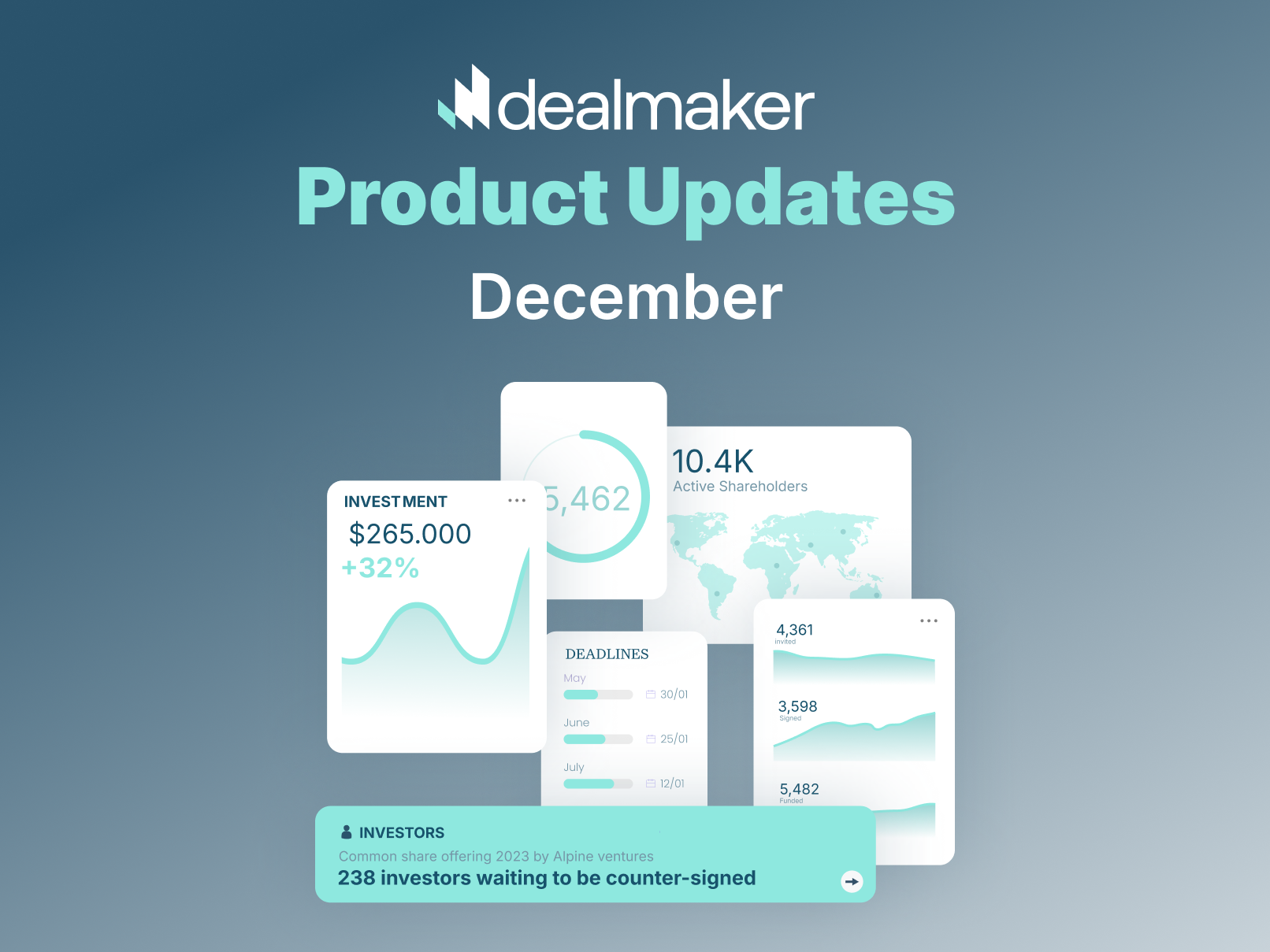
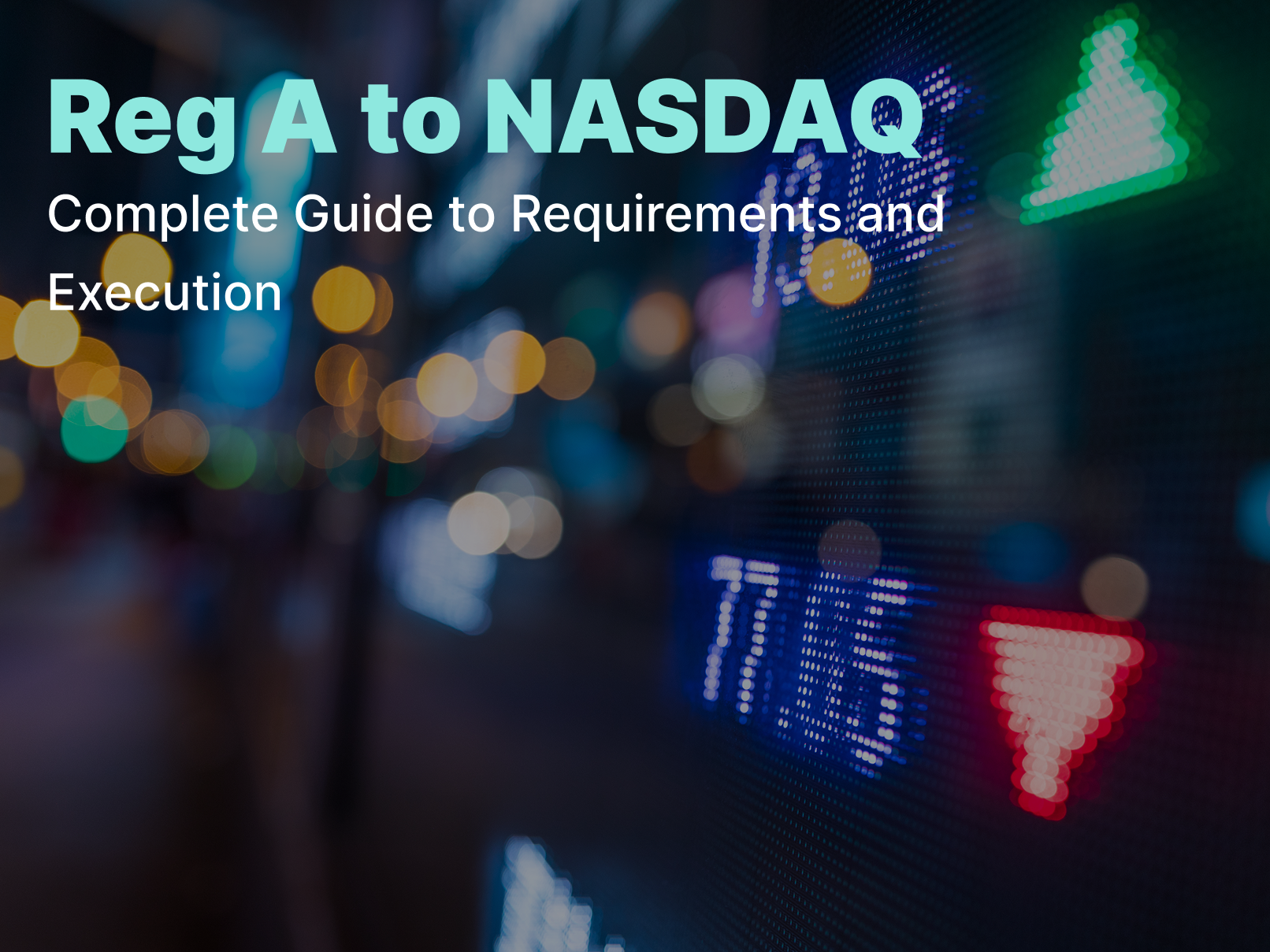
.png)
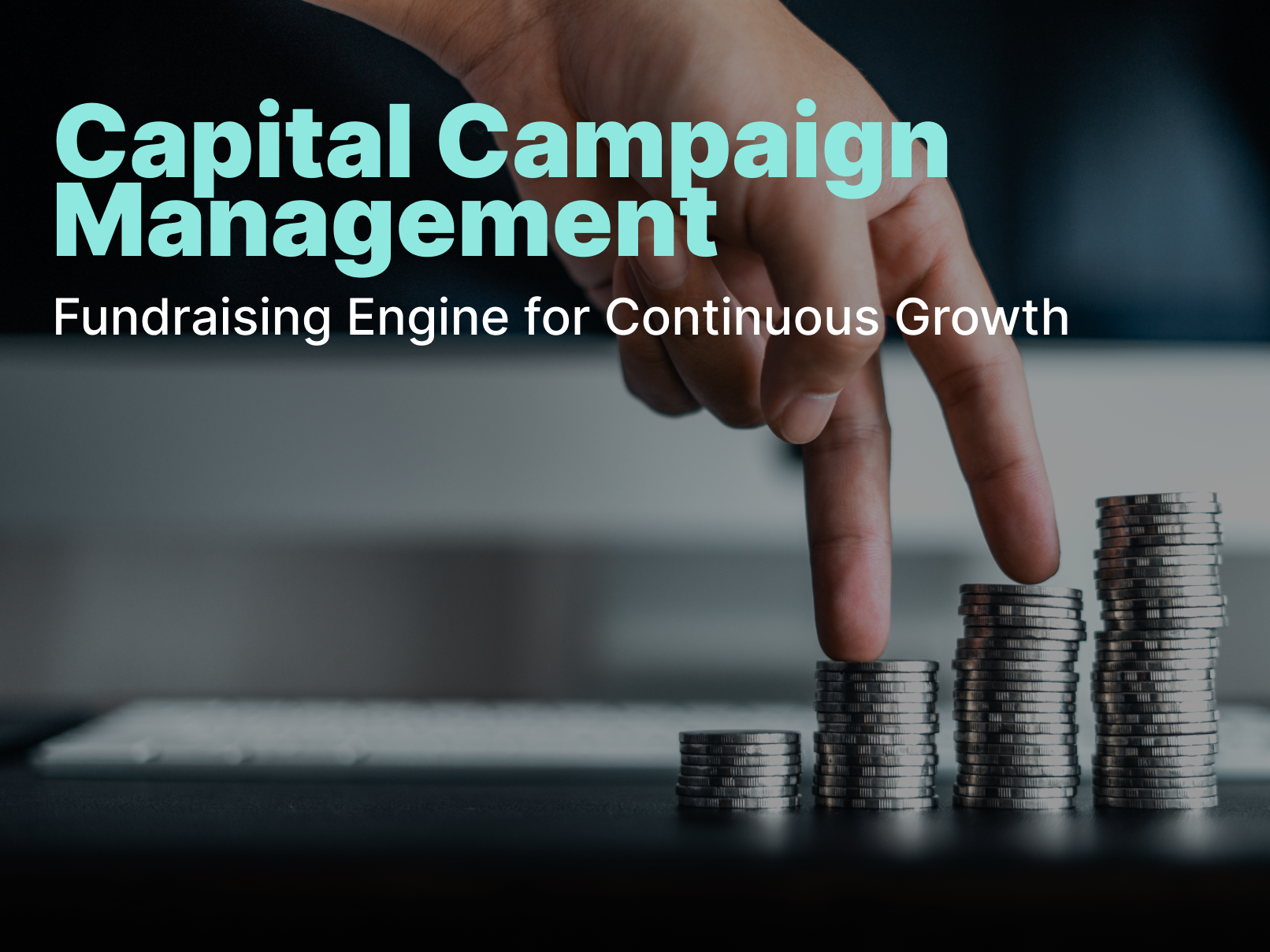
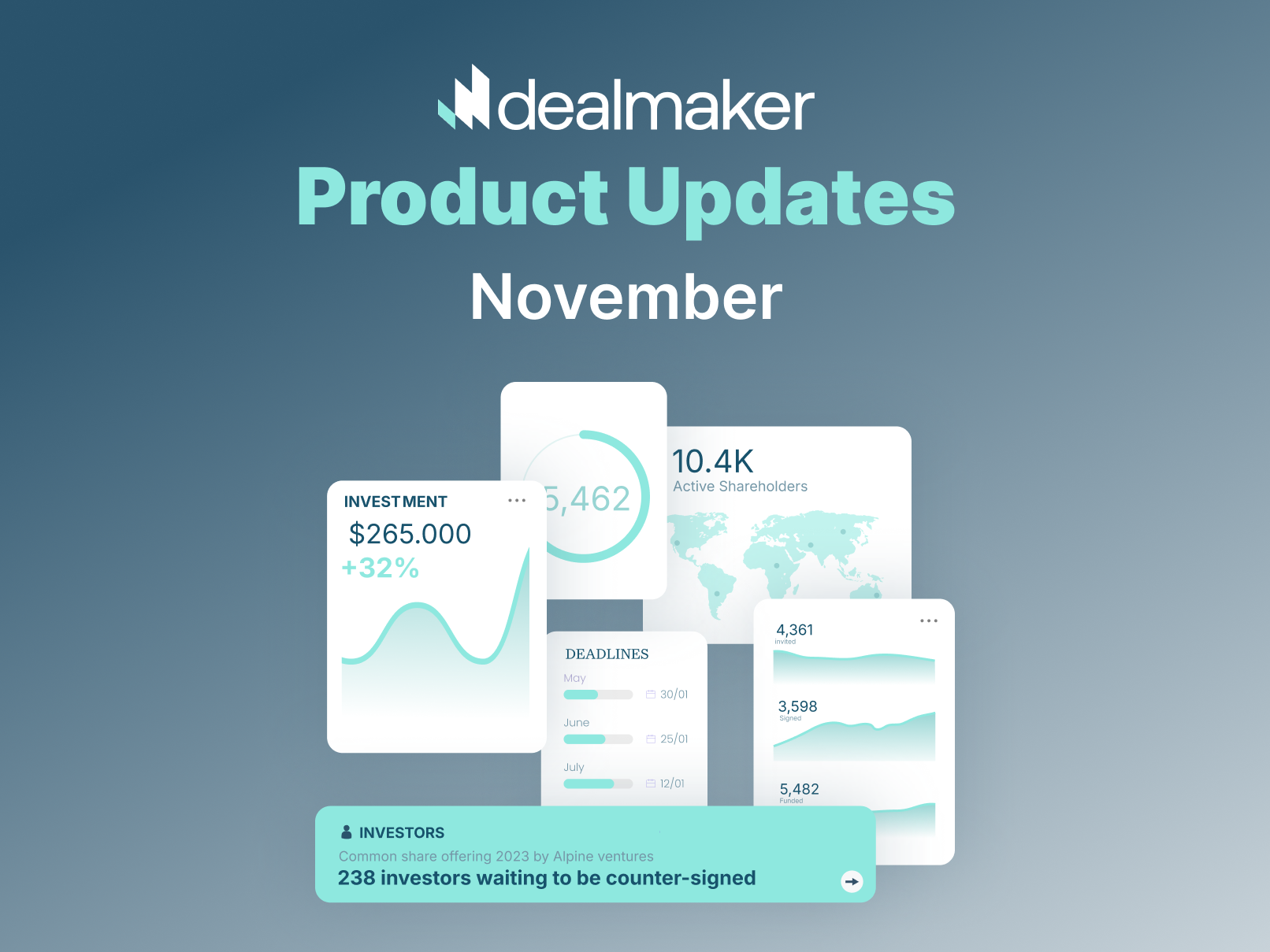

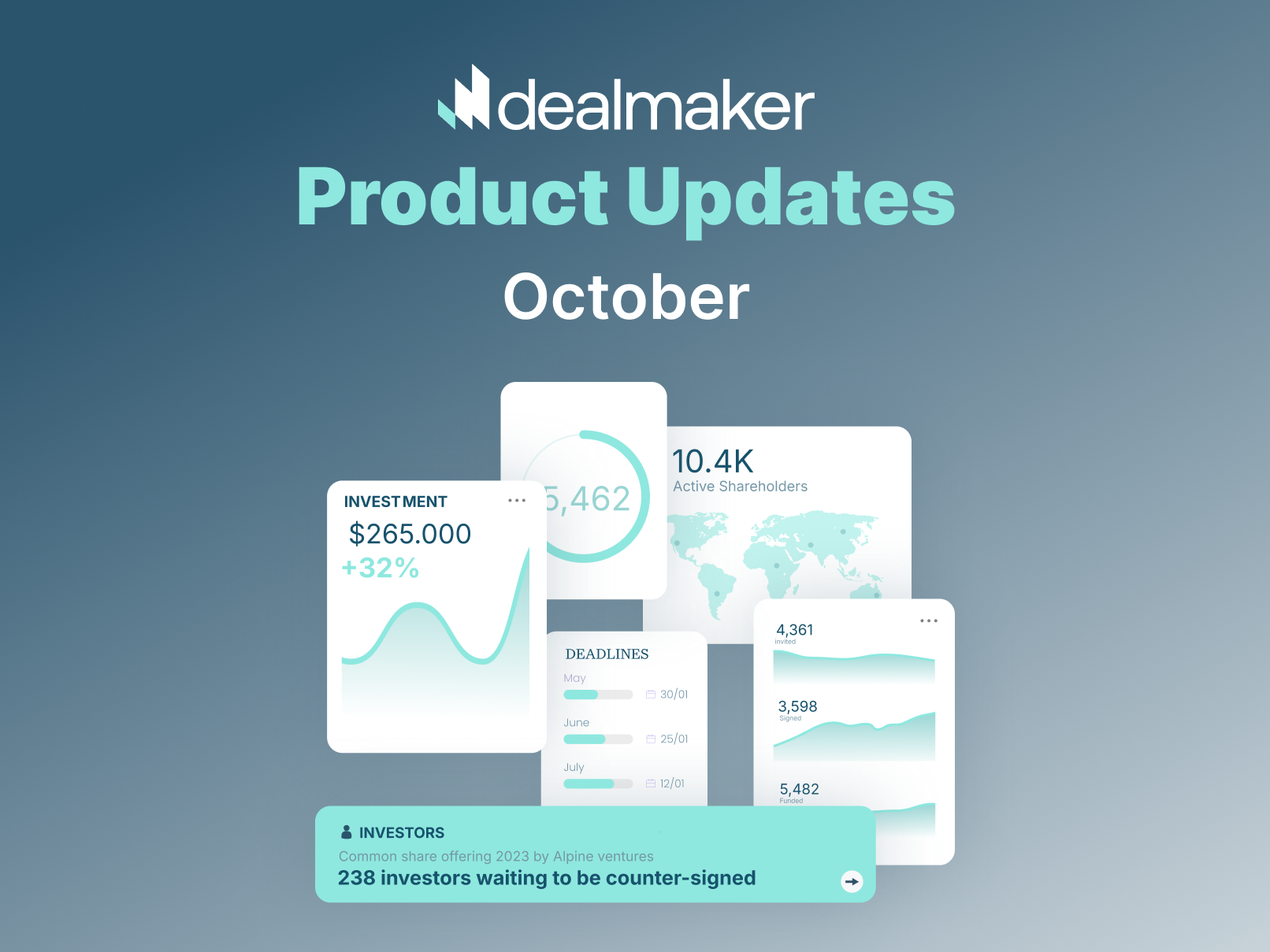
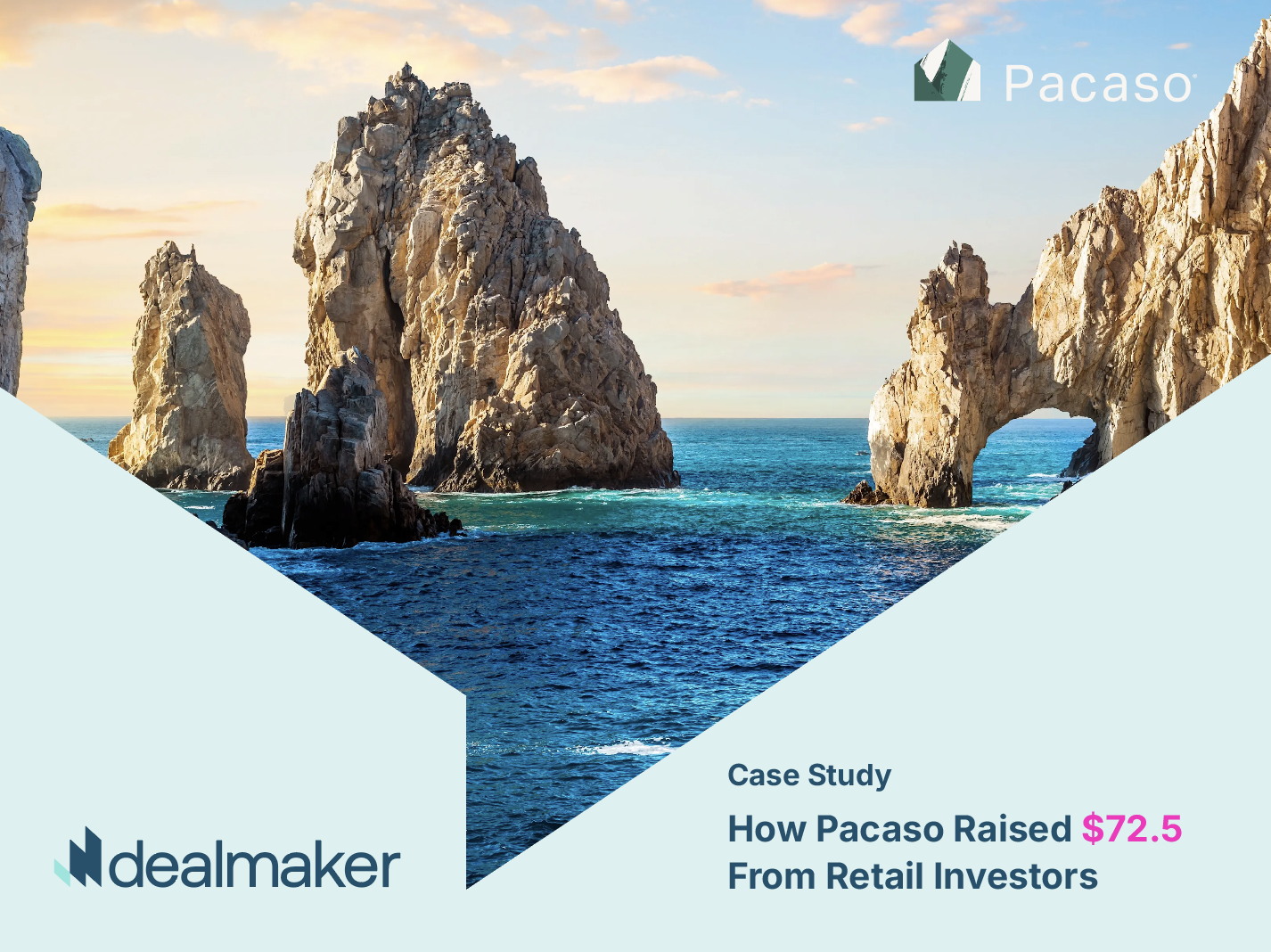
.webp)
.webp)
.webp)
%20(1).webp)